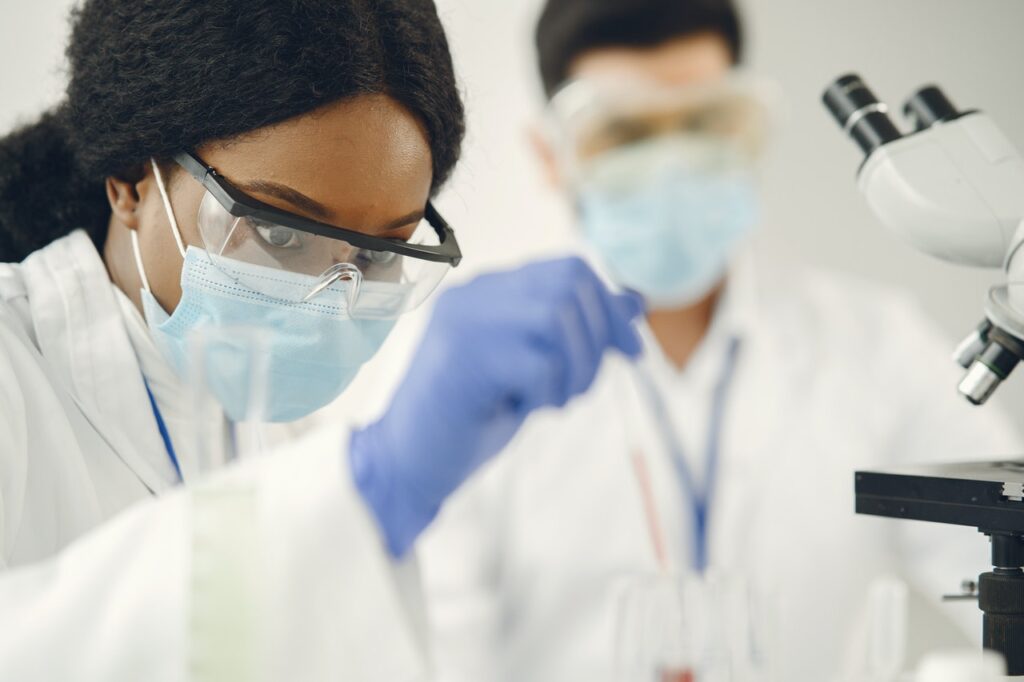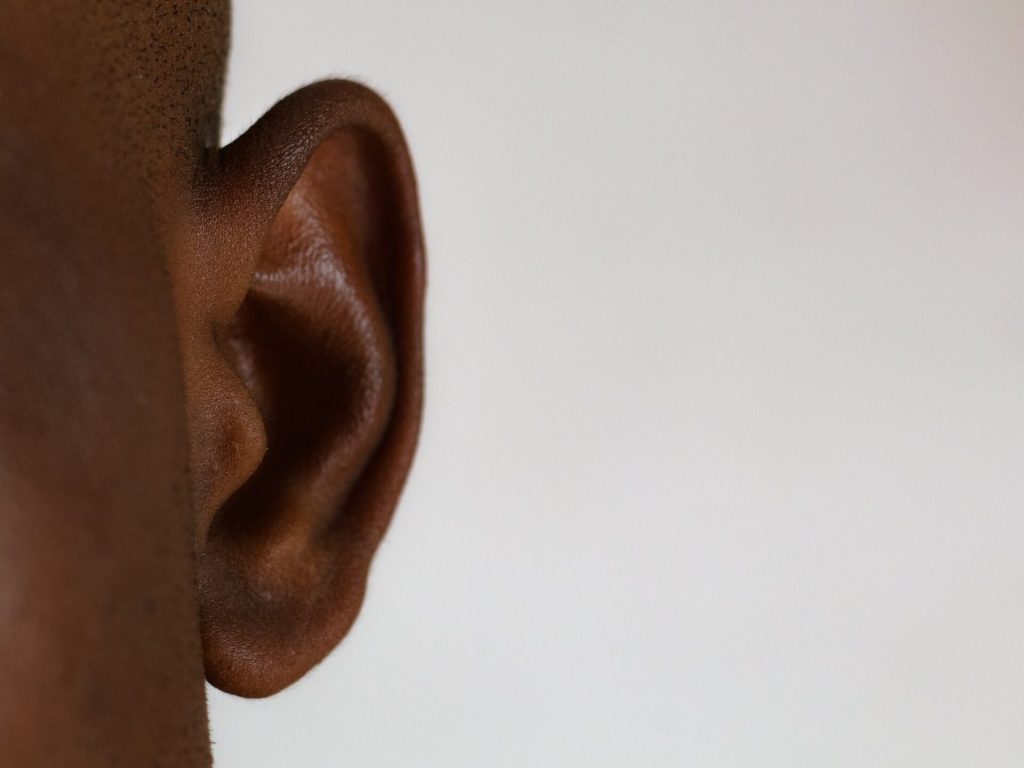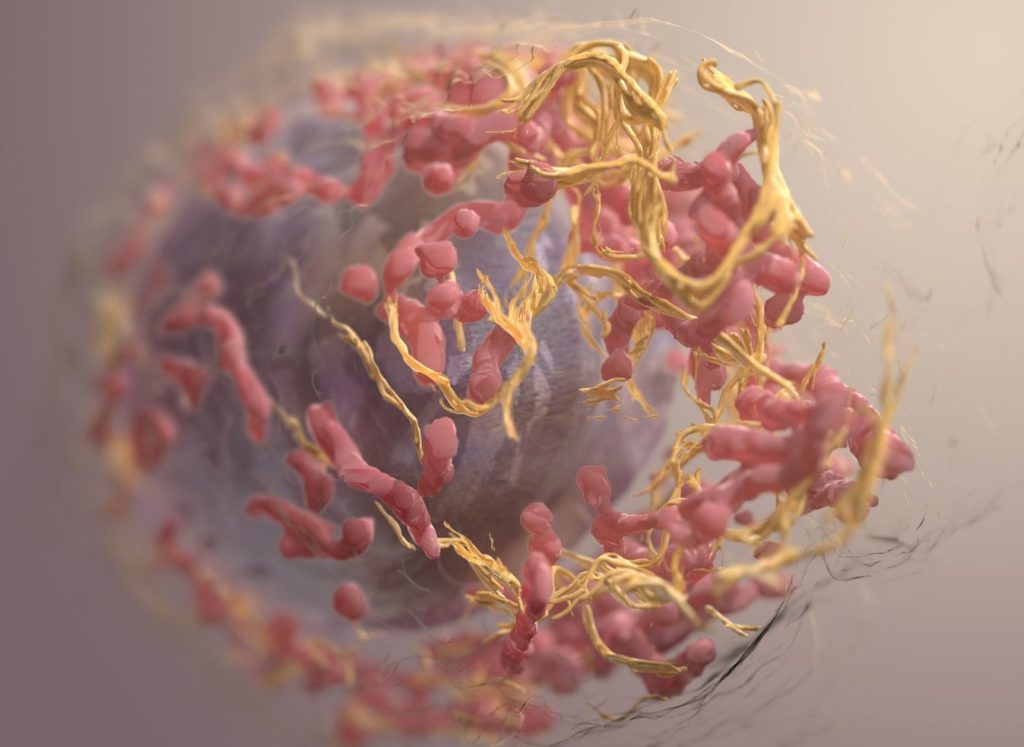Gravity-powered Biomedical Devices Pull Droplets Through a Maze

Biomedical engineers at Duke University have developed an entirely new approach to building point-of-care diagnostic devices that only use gravity to transport, mix and otherwise manipulate the liquid droplets involved. The demonstration, in the journal Device, requires only commercially available materials and very little power to read results, making it a potentially attractive option for applications in low-resource settings.
“The elegance in this approach is all in its simplicity – you can use whatever tools you happen to have to make it work,” said Hamed Vahabi, a former postdoctoral researcher at Duke. “You could theoretically even just use a handsaw and cut the channels needed for the test into a piece of wood.”
The study was conducted in the laboratory of Ashutosh Chilkoti, the Alan L. Kaganov Distinguished Professor of Biomedical Engineering at Duke.
There is no shortage of need for simple, easy-to-use, point-of-care devices. Many demonstrations and commercial devices seek to make diagnoses or measure important biomarkers using only a few drops of liquid with as little power and expertise required as possible. Their goal is to improve health care for the billions of people living in low-resource settings far from traditional hospitals and trained clinicians.
All of these tests have the same basic requirements; they must move, mix and measure small droplets containing biological samples and the active ingredients that make measuring specific biomarkers possible. More expensive examples use tiny electrical pumps to drive these reactions. Others use the physics of liquids within microchannels (microfluidics) that create a sort of suction effect.
This is the first demonstration that only uses gravity. Each approach offers uniquely useful abilities as well as drawbacks.
“Most microfluidic devices need more than just capillary forces to operate,” Chilkoti said. “This approach is much simpler and also allows very complex fluid paths to be deigned and operated, which is not easy or cheap to do with microfluidics.”
The new gravity-driven approach relies on a set of nine commercially available surface coatings that can tweak the wettability and slipperiness at any given point on the device. That is, they can adjust how much droplets flatten down into pancakes or remain spherical while making it easier or harder for them to slide down an incline.
Used together in clever combinations, these surface coatings can create all the microfluidic elements needed in a point-of-care test. For example, if a given location is extremely slippery and a droplet is placed at an intersection where one side pulls liquid flat and the other pushes it into a ball, it will act like a pump and accelerate the droplet toward the former.
“We came up with many different elements to control the motion, interaction, timing and sequence of multiple droplets in the device,” Vahabi said. “All of these phenomena are well-known in the field, but nobody thought of using them to control the motion of droplets in a systematic way before.”
By combining these elements, the researchers created a prototype test to measure the levels of lactate dehydrogenase (LDH) in a sample of human serum. They carved channels within the test platform to create specific pathways for droplets to travel, each coated with a substance that stops the droplets from sticking along their journey. They also primed specific locations with dried reagents needed for the test, which are soaked up by droplets of simple buffer solution as they travel through.
The whole maze-like test is then capped with a lid containing a couple of holes where the sample and buffer solution are dripped in. Once loaded, the test is placed inside a box-like device with a handle that turns the test 90° to allow gravity to do its work. This device is also equipped with a simple LED and light detector that can quickly and easily detect the amount of blue, red, or green in the test results. This means that the researchers can tag three different biomarkers with different colours for various tests to measure.
In the case of this prototype LDH test, the biomarker is tagged with a blue molecule. A simple microcontroller measures how deep of a blue hue the test results become and how quickly it changes colour, which indicates the amount and concentration of LDH in the sample, to generate results.
“We could eventually also use a smart phone down the line to measure results, but that’s not something we explored in this specific paper,” said Jason Liu, a PhD candidate in the Chilkoti lab.
The demonstration provides a new approach for consideration when engineering inexpensive, low-power, point-of-care diagnostic devices. While the group plans to continue developing their idea, they also hope others will take notice and work on similar tests.
“While a well-designed microfluidic system can be fully automated and easy-to-use by passive means, the timing of discrete steps is usually programmed into the design of the device itself, making modifications to protocol more difficult,” added David Kinnamon, a PhD candidate in the Chilkoti group. “In this work, the user retains more control of the timing of steps while only modestly sacrificing ease-of-operation. Again, this is an advantage for more complex protocols.”
Source: Duke University










